So, you wanna know about being a rogue, huh? How to be dashing, adventuring, and exploring? How to discover secrets and abilities you didn’t even know you had? Well, you’ve come to the right place. I am your master of roguishness, a master thief and charmer known for my boyish good looks and flowing curls. I can teach you everything you need to know about being roguelike, and—wait, huh?
I have been informed that I misinterpreted the prompt. Allow me to start again.
For reasons that are still beyond me, I am obsessed with the roguelike genre. (I’ll define exactly what I mean by that in a moment.) The competitive beast inside me strives for constant challenge, and the roguelike provides an endless opportunity to better my own skills. Over the years, I have poured hundreds of hours into various games that can be defined as “roguelike,” which makes me the absolute authority on all things rogue. Today, I have decided to sit down and give you, my favorite reader, the secrets. The secrets to what makes a roguelike, what makes a GREAT roguelike, and, most importantly, what is objectively the best roguelike of all time.

Now, this list is objectively correct, and without flaw. However, due to the Punished Backlog Bylaws (totally real things that exist), I do feel compelled to include the following disclaimer:
This list is entirely subjective, and written in good fun. Gary Wilson is a writer, not a professor. He also has never stolen anything. If you have your own opinions, shout them out in the comments! Just understand Gary is not responsible for any rage, anger, attraction, or dissatisfaction you may feel. That’s on you.
Now that the lawyer stuff is done, let’s begin where all great things begin.
What Defines a Roguelike?
Scholars have debated the definition of a “roguelike” for millennia. Some say it must be completely standard to the Berlin Interpretation, which was made by a bunch of stuff-shirts in the mid-2000s. Others claim that anything with replayability and flexibility counts as a roguelike, with a focus on endless dungeons and opportunities. I believe both of these definitions are lacking, so instead, I will be using my own clinically correct definition of a “roguelike” game.
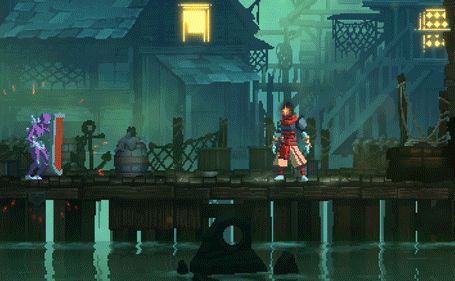
In my opinion, a game can be classified as a roguelike if it fulfills the following four criteria. While some flexibility is allowed, the core principles are as follows:
1) Stage-based: The most successful roguelikes follow an accelerating stage model. Players should progress from level to level, finding increased difficulty as they go. What shape those stages/levels look like can vary, but the difficulty ramp is important.
2) Strategy-focused: A player should be able to form their own strategies for properly navigating the gameplay. Whether this be favored builds, recurrent moves, or preferred characters, a roguelike should allow a player to find the strategy that works best for them. And, you should be able to have success with that strategy! The best roguelikes don’t have an optimal style: A player should have the ability to achieve with their own expression.
3) Endlessly replayable: While the actual randomness and procedurally generated nature of the game may vary, a successful roguelike prioritizes replayability. A player should be able to find new routes, items, enemies, story threads, and what have you until the end of history. Truly, the most successful roguelikes are the ones a player can play forever. With no other games. Just the one. Forever.
4) Great music: This one is self-explanatory. If a roguelike is good, you will be sinking hundreds if not thousands if not giga-thousands of hours into it. The music has to not suck, or you’ll go insane.
Now then—on to the objectively correct ranking of all 387 roguelike games!
(Editor’s note: Gary’s list has been trimmed to his top eight roguelikes for the sake of brevity. When asked to comment, he only responded with “The people deserve to know!” and refused to elaborate further. Please enjoy!)
The 8 Best Roguelike Games: An Objectively Correct Ranking
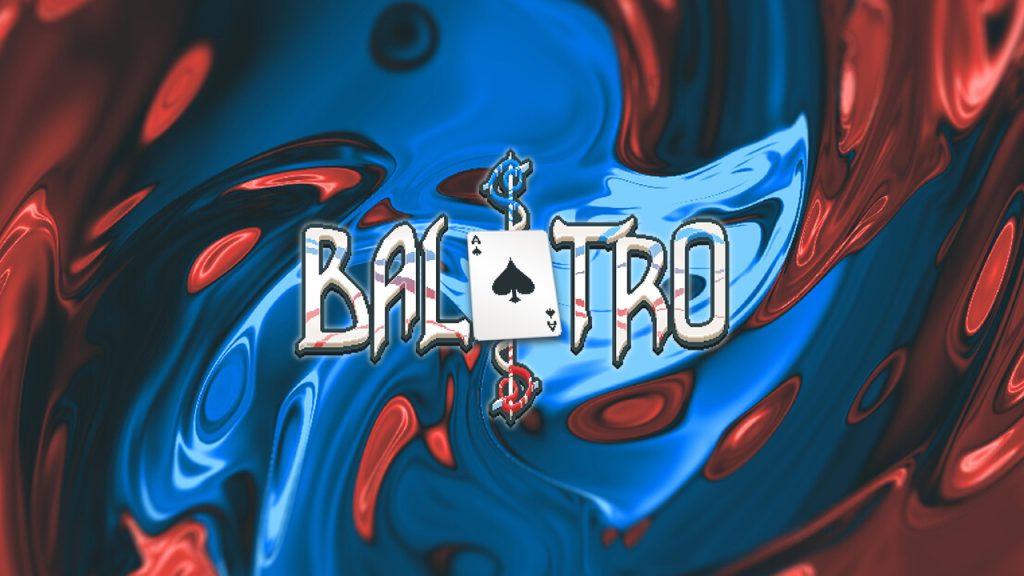
8. Balatro (2024)
A smash surprise hit from early 2024, Balatro does just about everything correctly when it comes to a roguelike. The replayability is out of this world, especially with the different scoring and challenge modes. The player is able to build their runs around strategies they feel most comfortable with, and can make practically anything work at a high level. You can go far just playing pairs! And while the fusion of endless progression while playing poker is amazing, Balatro does have one fatal weakness: The music is just okay.

Balatro’s synthy, slightly elevated elevator muzak feel is unoffensive, certainly. But if it were playing in the lobby of a big business executive you were interviewing with to become a copy machine salesman, it wouldn’t seem out of place! While it won’t drive you nuts, its limitations keep it from truly jumping into the heavens.
However, I do appreciate that Balatro achieves an important roguelike factor; it makes you feel like a genius. When everything comes together, and you’ve built the perfect deck and are raining scores down upon stages… it is a blissful feeling.

7. PokéRogue (2024)
While the Pokémon series has plenty of its own official roguelikes (I could write a lot on the Pokémon Mystery Dungeon games), the best is an unofficial fan game. PokéRogue has everything one should want in a successful roguelike. Between the campaign mode (with a really dark and twisting story!) and endless mode, all players can find success with their favorite teams and compositions.
You start by selecting your starters at level five. Once a run begins, all you play are chained Pokémon battles. No making eye contact with trainers; no tall grass. Just battle after battle after battle. Wild Pokémon can be caught, trainers give you money to spend at the between battle shop, and every 10 floors is a boss Pokémon. If you ever just wanted to battle it out, this is the game for you!
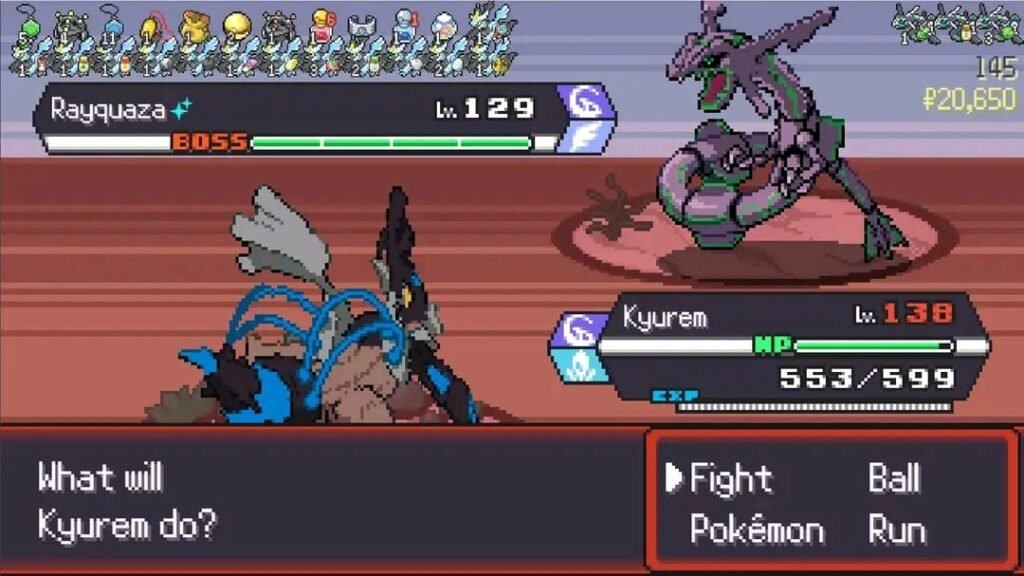
At first, you can only pick from the starters from each generation. But then, after either catching Pokémon during runs or hatching eggs, you can choose from any to start. Want to start a run with a level five Eternatus? Go nuts!
While some may complain that the difficulty creep is extreme, I do think it serves into the overall feeling that anything can happen at any time. Sometimes, you just end up getting your butt kicked by an Oddish because you brought a team of water starters. That’s on you, pal.
The soundtrack is fantastic, but hardly groundbreaking. There isn’t any actual original music in PokéRogue; instead, it features a compilation of tracks from across the official series. But that doesn’t mean there aren’t bangers. Who doesn’t love jamming out to the theme from Pokémon Black and White while battling through a creepy alley?

6. The Binding of Isaac (2011)
One of my first personal forays into the genre, and one of the Heralds of the Roguepocalypse (i.e., a dramatic influx of roguelike games in the 2010s), The Binding of Isaac remains a high watermark for the genre. Why? Because the creators are still adding content a decade later. Sometimes the EverQuest 2 approach to games is the correct one: If we keep putting shit in, people will play it.
I cannot tell you the amount of times I have returned to The Binding of Isaac. Even after two or three years, Isaac’s pattern of generated rooms, limitless item combinations, and tear-based weaponry feels like home. Sure, I can’t always remember what the gameplay-changing pills do based on color. But it’s all a part of the learning (and relearning) process; sometimes I remember it’s a full heal, and other times I forget a choice spawns a million bombs with troll faces that chase you. Isaac will always keep your head spinning.
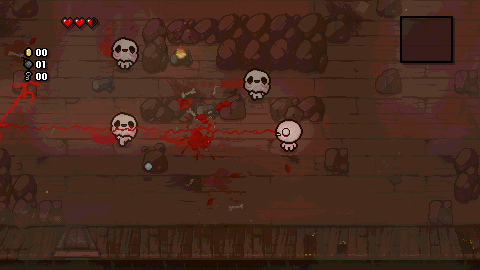
I could wax poetic about the game’s tight controls, simple graphical style, and dark/disgusting/overall creepy tone. In reality, though, it is the absolute well of content that keeps The Binding of Isaac as relevant in 2024 as it did in 2011. Plus, there is an actual story ending now! Will it take you hundreds of hours of play to see it? Probably! But it is there! I haven’t seen it, but to anyone who has: Tell me if it’s good.
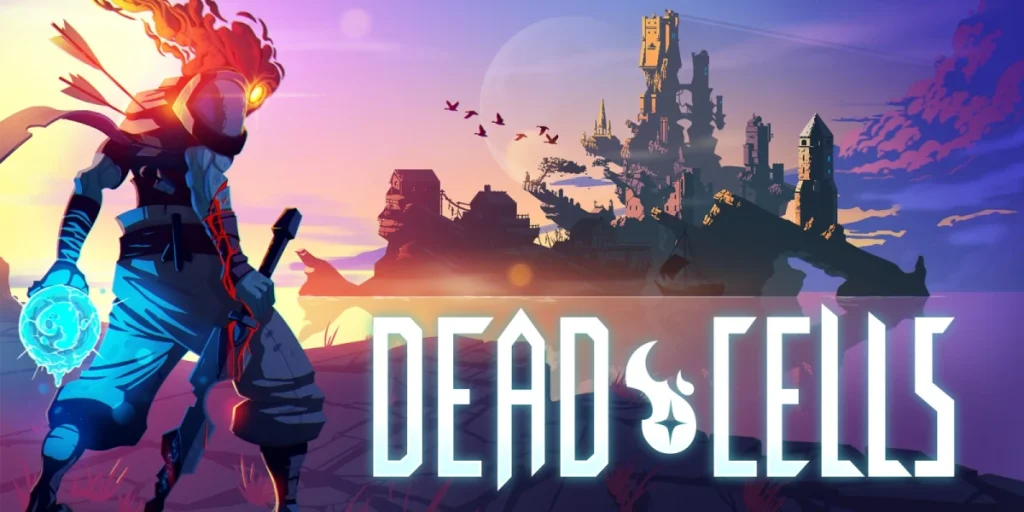
5. Dead Cells (2017)
A hybrid of the Metroidvania and roguelike genres, Dead Cells is a triumph of both mediums. By blending the two together, the game allows the endless replayability players look for in a roguelike while also giving short-term carrots for players to focus on.
A common critique of roguelikes is that they’re difficult games to stick to. When something is relatively endless, it can be hard to find achievable goals to incentivize play. Dead Cells handles this by drawing players to inaccessible areas and unlockable abilities: small goals to build to bigger achievements. It’s a genuinely clever way to bring new players in and make them feel like they are growing and improving.

Add in the layers of different weapons and stats, modifiers to change up gameplay, and great add-ons over the years, and you’ve got the perfect introductory roguelike for new players. I stand by Dead Cells being an almost perfect gateway drug to the genre, with one caveat: It is hard as hell, and immediately so.
HOURS. HOURS I TELL YOU. IT TOOK ME HOURS TO EVEN BEAT THE FIRST BOSS ON THE BRIDGE! WHY IS THE FIRST BOSS THIS DIFFICULT ARGH—ahem. Try Dead Cells, it’s great!

4. Rogue (1980)
On the one hand: Rogue is the original, the creator, the innovator. On the other hand: ASCII art, dead silence, the player character is an @ symbol. Rogue has everything except being, you know, fun. But what is fun in the face of innovation and wonder?
Rogue is exactly what someone who loves roguelikes should want: endless amounts of trial and error, minimal rewards, and, seriously, complete silence besides some computer beeps. It requires the perfect amount of “git gud” improvement for improvement’s sake. Rogue should be top of this list, absolutely. But SOMEONE convinced me to put it lower because it’s “not recommendable” and “a bad time.” Cowards.
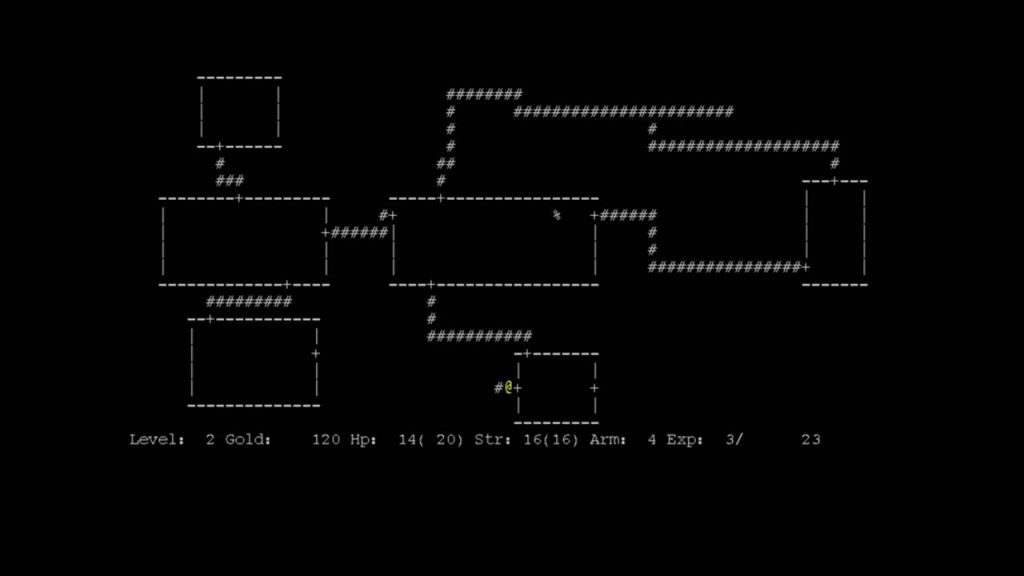
(Hey—Gary the actual person here, not the rogue-expert character roleplay. I truly cannot recommend anyone play Rogue in 2024, or really ever. It is an amazing time capsule of what started everything, and should be considered a museum piece: an amazing artifact to the history of video games but in no way enjoyable to touch these days. As someone who played Rogue for the first time for this piece, my biggest piece of advice: Maybe don’t!)
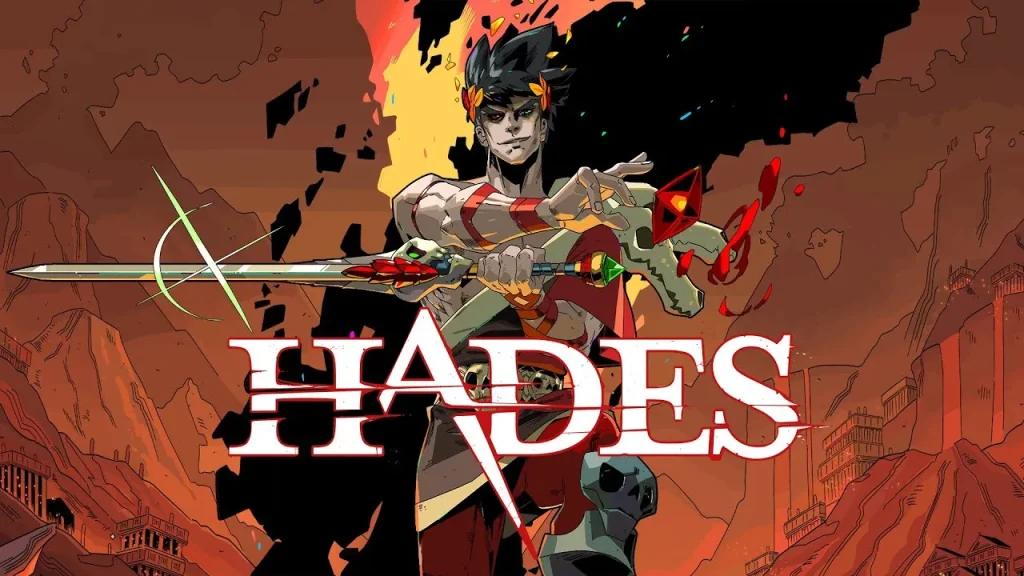
3. Hades (2020)
Hades is a truly amazing video game. Between the story, voice-acting, and art style, it is by far the most inviting game in this best roguelike games list. The gameplay is top-notch, with incredibly rewarding movement and snappy actions that invite players to experiment and feel like a mechanical god. Hades will go down as one of the greatest games, potentially ever! So why is it only number three?
Roguelikes shouldn’t be hot! They demand FOCUS and SKILL, and the distractions should be MINIMAL to not get in the way of those concepts! How am I supposed to be focused on perfect parries and triple-dashing for backshots when everyone is so attractive?! I never could get anywhere near good at Hades because I was CONSTANTLY DISTRACTED.

Plus, the music is too good! The music should be there to comfort and vibe, not make me FEEL THINGS! I could never get into a proper gameplay groove because I was busy grooving out to the Asphaodel music. A perfect example of too much of a good thing, which can distract from the whole.
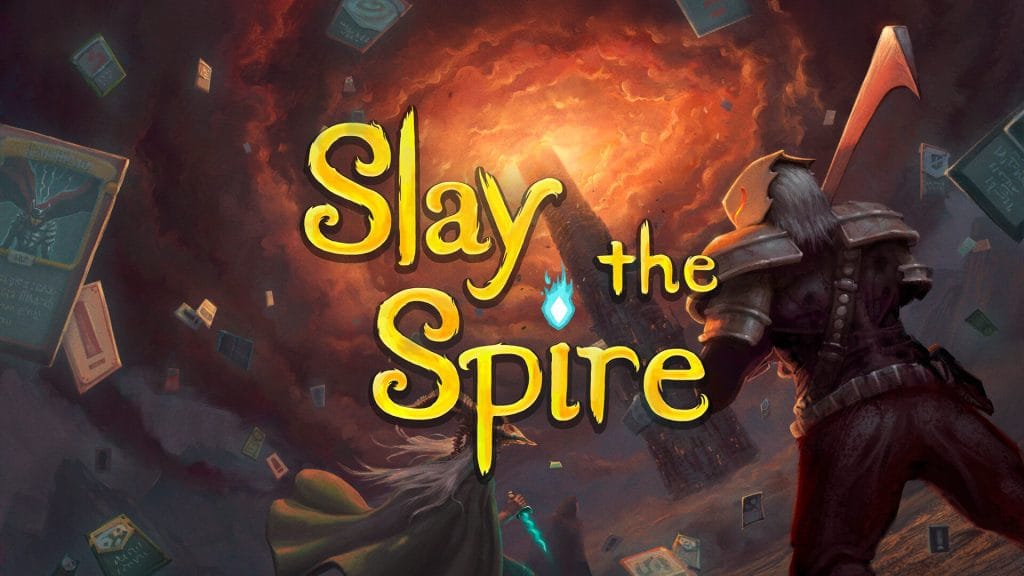
2. Slay the Spire (2019)
Easily the roguelike that I have spent the most time with, Slay the Spire does everything correctly. Endlessly replayable? Check. Banger soundtrack that isn’t intrusive? Also yes. Varied stages? Absolutely. Ability to build and pivot to comfort strategies? Corpse Explosion Silent (a card in the game) and I would say yes!
You can lose several hours in a session of Slay the Spire, finding new relics and cards in different orders every run. You also have very clever built-in stop times! Runs in Slay the Spire tend to last about 45 to 60 minutes—a perfect “pick up and put down” experience, whether you’re binging it or taking weeks between runs. Plus, because it’s a card game that requires minimal manual dexterity, it is open and accommodating to all.
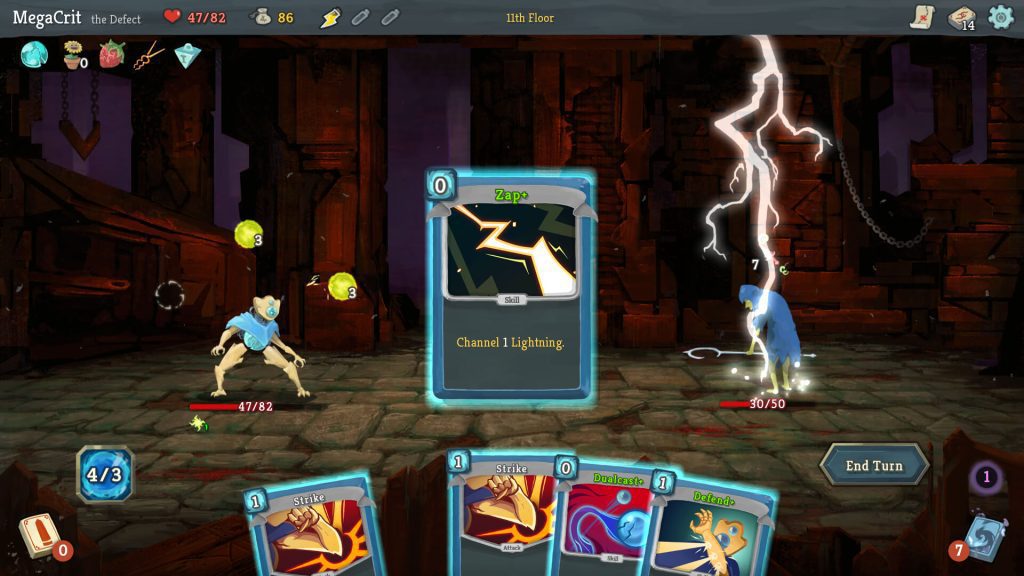
My main issue, though, and the reason it is not number one overall is that I’ve spent over 500 hours in it and I’ve never beaten the final boss, the Heart. Not even once! I’ve looked up strategies online, I’ve built decks that smarter people on the internet told me to, and still nope. I know it’s possible; it has to be possible. I just want to win. Please, Slay the Spire, I love you; I think you’re flawless. Cast favorably upon me. Let me win; I deserve it. Please.
Anyway. And now, the number one, greatest roguelike of all time is…!
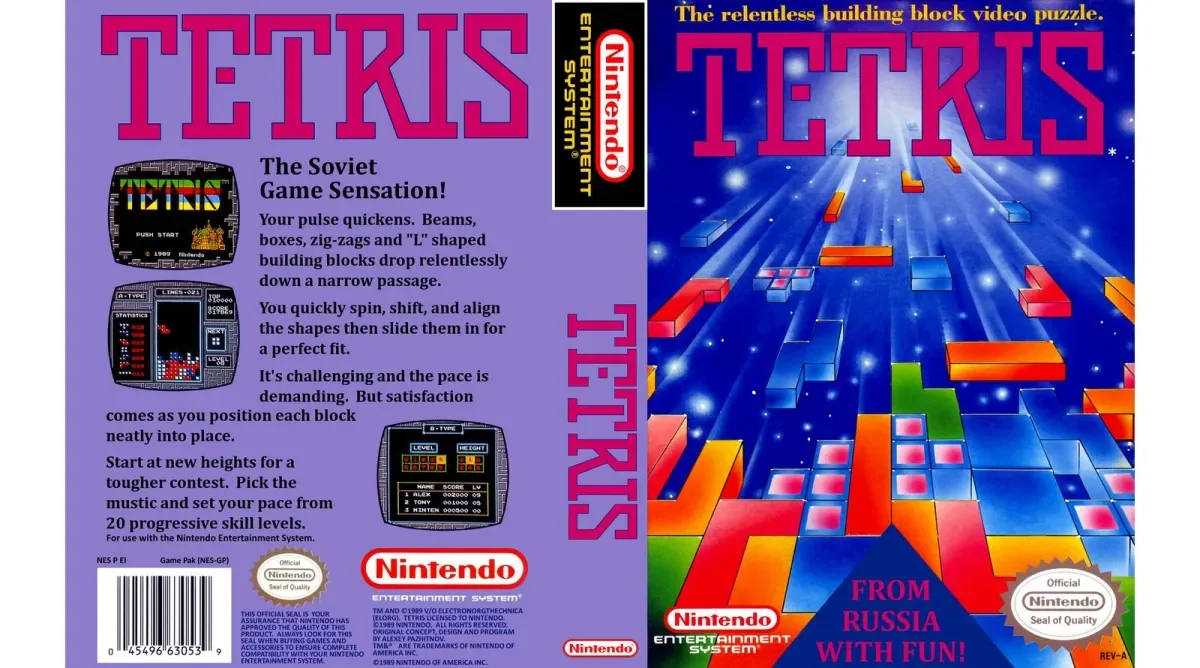
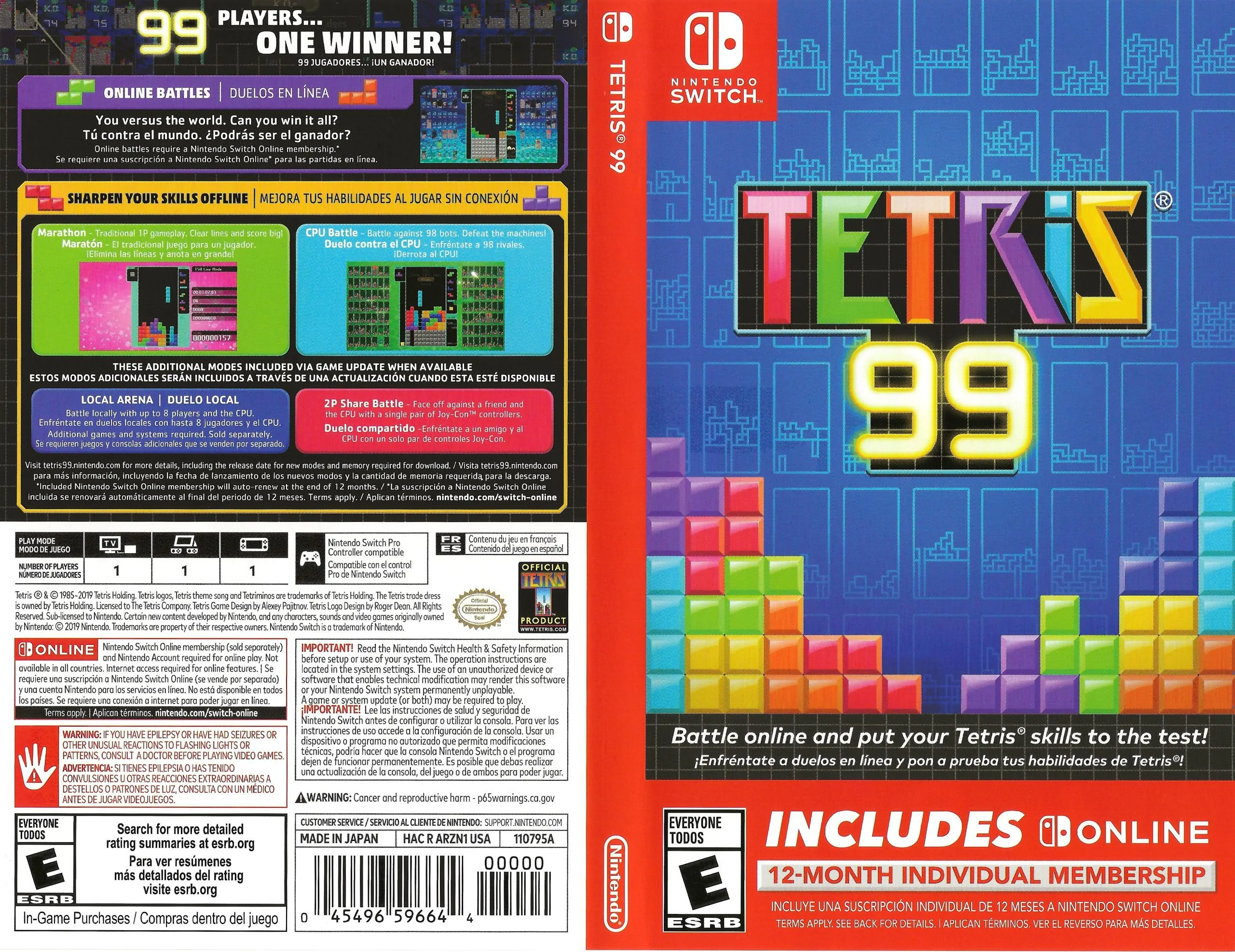
1. Tetris (1984, 2019)
How could it be anything else? It’s the greatest stage-based, endlessly replayable, musically unintrusive, deeply strategic game of all time! Tetris is a roguelike! In fact, it’s the best roguelike!
You can lose hours to Tetris, to such an extent that seeing falling blocks in your sleep is expected and normal. Strategies run the gamut from different ways to hold controllers to how you tap the buttons. There are even techniques where you intentionally build wells to complete lines! As a proud center-well player myself, it kind of works! And that music! That theme! Perfect for zoning out and setting up blocks after blocks.
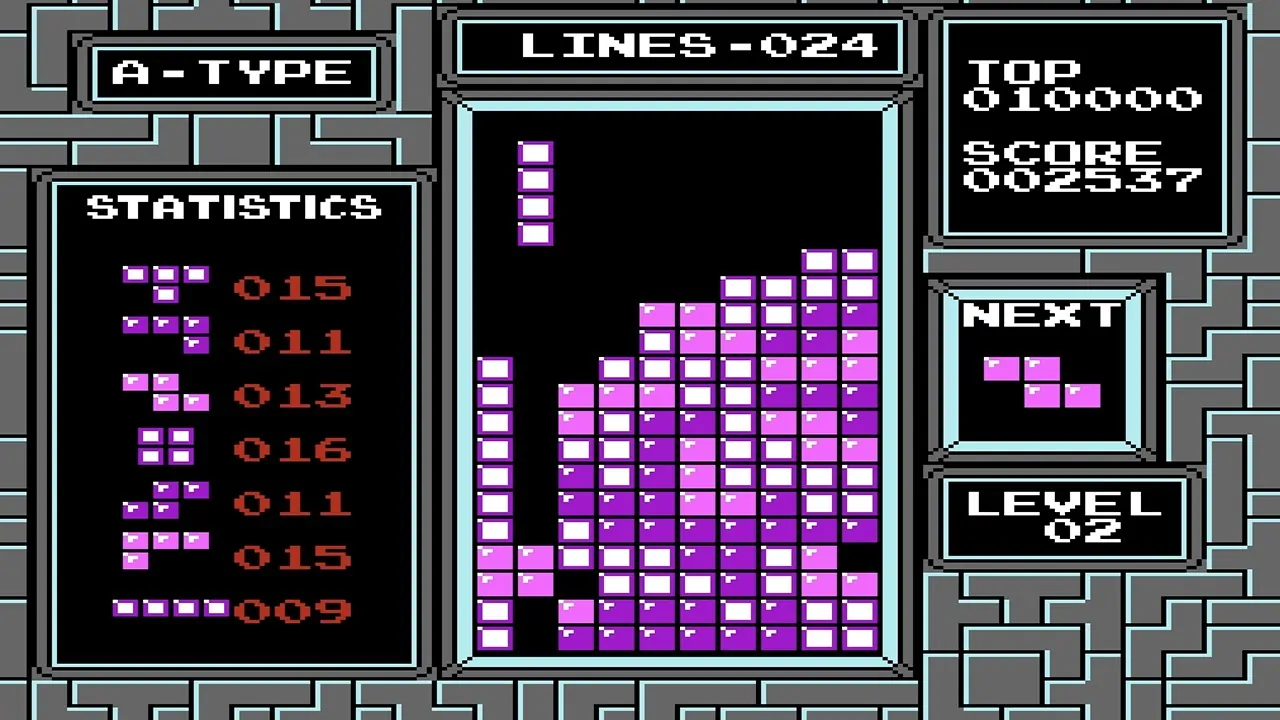
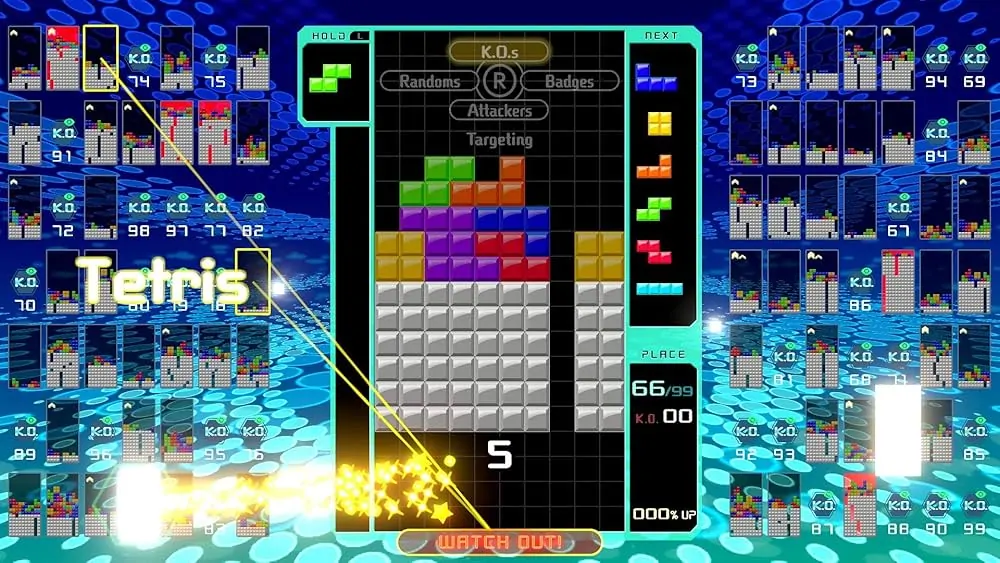
Oh, but Gary, you might say, Tetris is a puzzle game. Yeah, and Balatro is poker! Gameplay doesn’t stop the roguelike label, and Tetris fulfills all the criteria. It’s continued to evolve over decades. Most importantly, it’s perfect. Whether it be the versus modes of Battle Gaiden or the trippy visuals of Tetris Effect, Tetris is for everyone. Which means it is the roguelike for everyone. Which means it is the perfect roguelike.
I don’t make the rules. See you on the Tetris 99 leaderboards.
What Are Your Favorite Roguelike Games?
All right, let me have it. Agree? Disagree? Still not sure what a roguelike is?
Let us know your thoughts in the comments!
Gary is a jack-of-all-trades video game enthusiast based in Boston, MA. A semi-professional fighting game player, even less professional Apex Legends player, and even less professional adult, he spends most of his time poking at strange indie gems and reading about the need for more diverse voices in gaming criticism. He invites anyone to recommend anything he's missed in the gaming world via Twitter or BlueSky, where he can found under the username @grtnpwrfl. When he isn't spending his time playing games, Gary is an avid New England Patriots fan and frequent hiker.


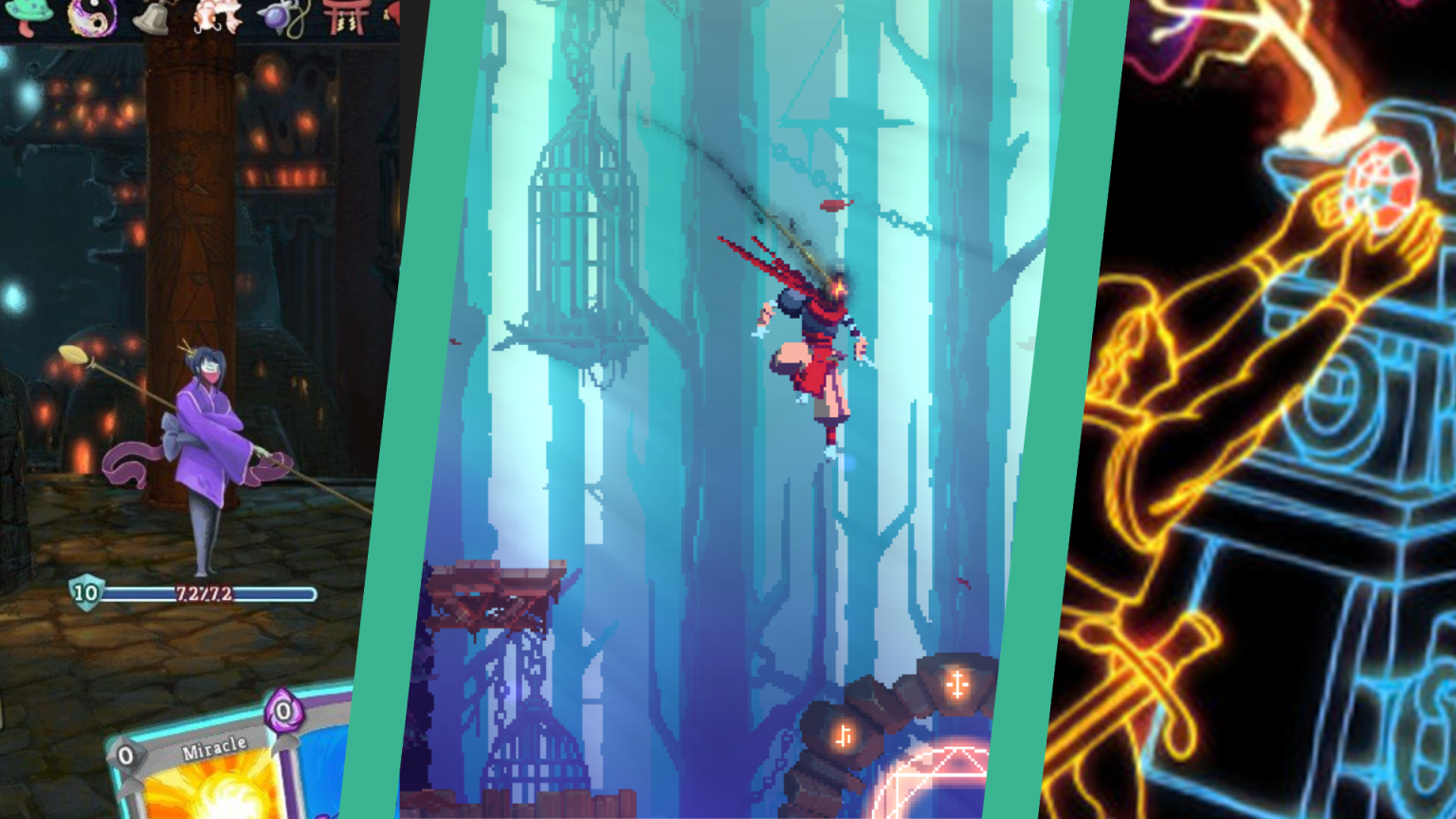





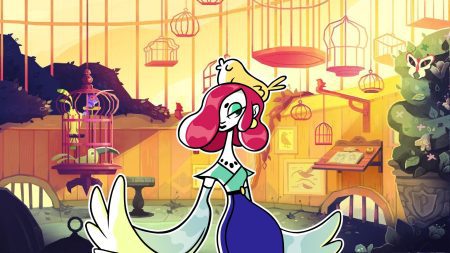

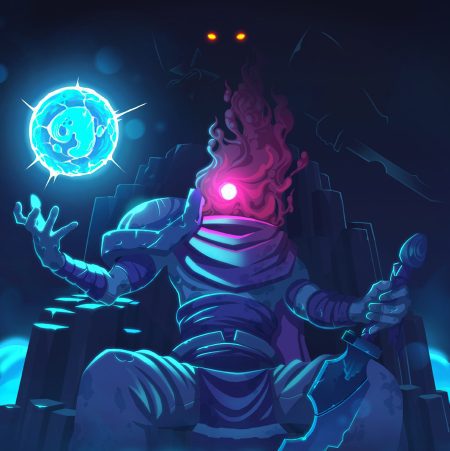

No caves of qud? Fake gamer
Sus comment from a “fake” commenter!
Where’s dead gods? Where is Path of Exile? Where is your dignity?
Returnal must now be included on every best of list, but great choices!
You made a list of “best roguelikes” and didn’t include Enter the Gungeon?…you have now lost all credibility (if you ever had any to begin with)…just like everyone else commenting who failed to point this out.
Chill, bruh.
i’m going to have to agree with this guy, also add cult of the lamb
A list with literally 1 rpguelike and it’s the original. Nice!
No Nuclear Throne? Rogue instead of Angband? Come on now.
Honestly number 1. Aight me off guard solid list
I have to say my favorite is Neon Abyss, hands down
Tetris is a classic.
Okay so I’m generally really lax when it comes to my opinions on gaming, and this really isn’t any different, but I do get all “Old Man Shakes Fist At Cloud” when I see games like Balatro and Dead Cells be labelled as roguelikes (though they are still incredible games!) I’m not as uptight as the Berlin Interpretation mainly because I feel that it focuses too much on some extraneous elements that I feel aren’t really as important as the central mechanics of the genre. So here’s my dumb interpretation of it: Roguelikes should be turn-based, grid-based, with a focus… Read more »
Oh, definately #1 roguelike game is Unreal World. Its close to Nethack about the game what i have most spend time on.